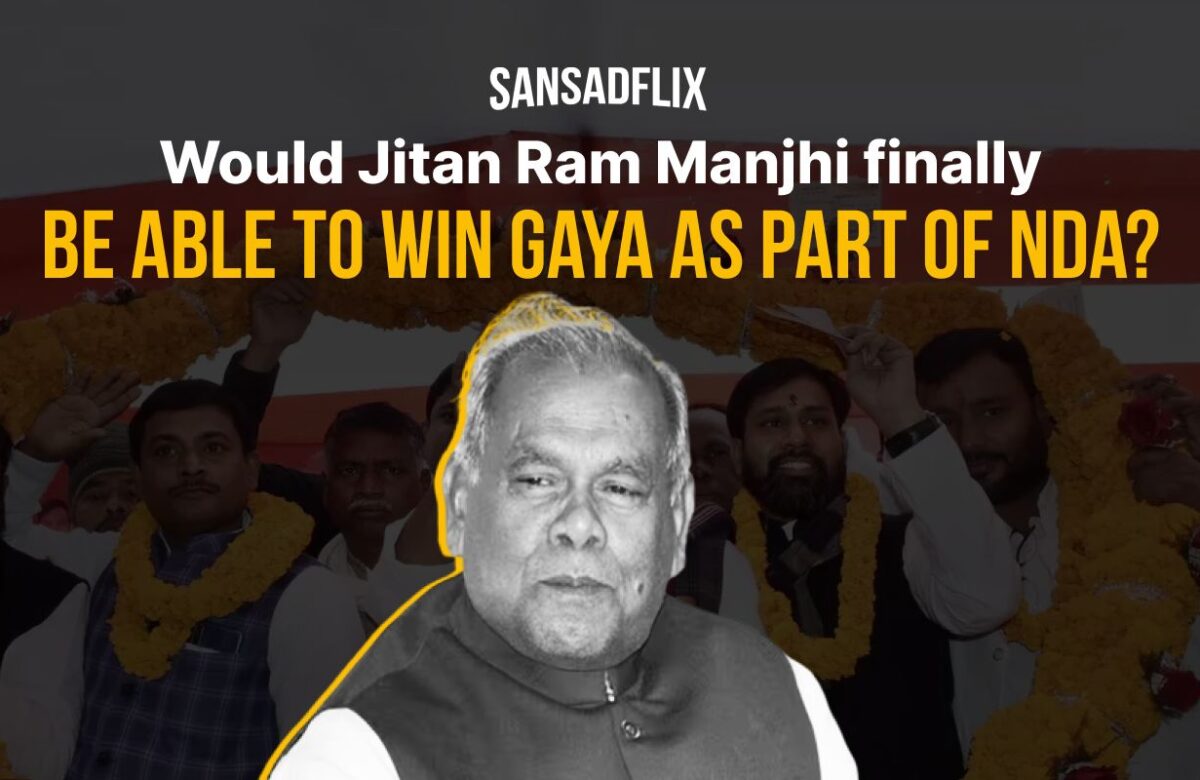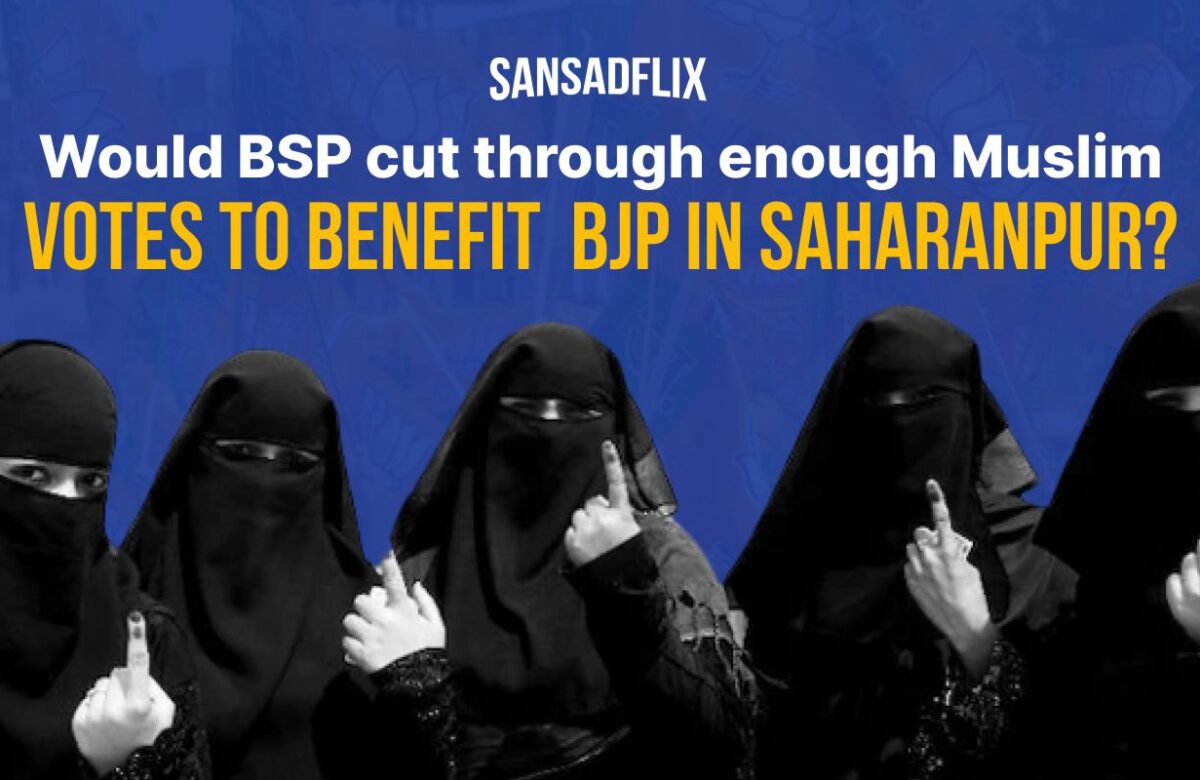- Lok Sabha MP
- March 22, 2024
- 11 minutes read
From Nehru to Modi: Tracing India’s Prime Ministers Through History

The Republic of India India has had 14 Prime Ministers in her 74 years of existence. The article highlights not all, but just 9 PMs whose reign changed India forever.
From a former colonial aggressor in charge of administering the oath in 1947 to a tribal lady President who will be administering it in 2024, India has come a long way.
The country has witnessed an extraordinary political journey since Independence.
From the very structure of democracy being threatened during the Indira Raj in the 1970s to the extended period of political instability in the 90s, the nation has seen it all.
As we near the 2024 general elections, let us take a recap of all the significant leaders that once held the highest office in India.
- Jawaharlal Nehru

Office Held – 15 August 1947 – 27 May 1964
The first Governor-General of independent India Lord Mountbatten swore in Jawaharlal Nehru as the first Prime Minister of free India on Aug 15, 1947. He is popularly known as a PM for his role in appointing the States Reorganisation Commission, the 1961 annexation of Goa, and the Sino-Indian War of 1962.
Nehru’s reign ended after 16 years with his death in 1964.
- Lal Bahadur Shastri

Office Held: 9 June 1966- 11 January 1966
Lal Bahadur Shastri became the second Prime Minister of India in 1964 after the passing of Jawaharlal Nehru. He is popularly known for leading the country in the 1965 Indo-Pak war.
Shastri’s succession was short-lived after he mysteriously died in Tashkent, Uzbekistan in 1966 one day after signing a peace treaty to end the 1965 Indo-Pakistan War.
- Indira Gandhi

Office Held – 24 January 1966 -24 March 1977 & 14 January 1980- 31 October 1984
Indira Gandhi, the third Prime Minister of India was promoted as a natural successor to Shastri. She subsequently went on to win the elections in 1967, 1971 and 1980.
She led the country to victory in 1971 against Pakistan which resulted in the creation of Bangladesh. However, her reign has been marred by controversy due to her decision to impose an emergency for 21 months from 1975 to 1977 citing “Internal Disturbances”.
Indira Gandhi was assassinated in 1984 by her sikh bodyguards as a reaction to her decision to carry out the “Blue Star Operation” which was an Indian Armed Forces operation between 1 and 10 June 1984 to remove Sikh militant Jarnail Singh Bhindranwale and other Sikh separatists from the buildings of the Golden Temple, the holiest site of Sikhism.
- Morarji Desai

Office Held – 21 June 1991 – 16 May 1996
In early 1966, the unexpected passing away of Prime Minister Lal Bahadur Shastri after only 18 months in power made Desai a contender for the PM position. However, he was defeated by Indira Gandhi, in the Congress party leadership election by a big margin.
Later, when the Congress party split in 1969, Desai joined the INC (O) faction of the party. After the emergency was lifted, opposition political parties such as the Congress (O), Bharatiya Jana Sangh, and Bharatiya Lok Dal as well as defectors from the Indian National Congress joined to form the Janata party.
Janata Party promoted Morarji Desai to become the 4th PM of India after defeating Indira Gandhi in the 1977 general elections. However, Desai could not complete his term and was forced to resign in 1979 after he lost support from within the alliance.
- Rajiv Gandhi

Office Held – 31 October 1984 – 2 December 1989
Indira Gandhi’s son Rajiv Gandhi became 6th PM of India after his mother Indira Gandhi was assassinated. He became the youngest Indian prime minister at age 40. A novice in politics, Rajiv Gandhi failed to handle the anti-Sikh riots after the assassination of his mother.
Commenting on the riots, Rajiv Gandhi said, “When a giant tree falls, the earth below shakes”, a statement for which he was widely criticized.
He lost the general elections in 1989 being affected by scandals that had marred his administration including the Bofors scandal. His popularity also took a major hit amid allegations of Muslim appeasement in the wake of the Shah Bano case.
Rajiv Gandhi was assassinated by an LTTE suicide bomber in 1991 because of a statement he gave that he would send the Indian Peace Keeping Force to disarm the LTTE if he returned to power.
- P. V. Narasimha Rao

Office Held – 21 June 1991 – 16 May 1996
Congress leader P. V. Narasimha Rao was sworn in as the 9th PM of India in 1991 after 2 years of instability after the 1989 general elections.
He is often referred to as the ‘Father of Indian Economic Reforms”. Rao decided that India, which in 1991 was on the brink of bankruptcy, would benefit from liberalizing its economy.
He appointed economist Manmohan Singh, a former governor of the Reserve Bank of India, as Finance Minister to accomplish his goals. He is widely known to be the PM during whose tenure the demolition of the Babri Masjid took place.
- Atal Bihari Vajpayee

Office Held: 16 May 1996 – 1 June 1996 & 19 March 1998 – 22 May 2004
BJP leader Atal Bihari Vajpayee, the 10th PM of India after losing the No Confidence Motion in 1996 and 1998 completed his tenure after being re-elected in 1999.
During his tenure as prime minister, India carried out the Pokhran-II nuclear tests in 1998. He is majorly known to have led the country during the Kargil war against Pakistan in 1999.
- Manmohan Singh

Office Held: 22 May 2004 – 26 May 2014
Manmohan Singh, leader of the Congress-led alliance ousted Vajpayee and was elected as the 13th PM of India in 2004. He subsequently won the 2009 general elections also. Singh is mostly known for carrying out several structural reforms that liberalized India’s economy when he was the finance minister in Narasimha Rao’s government.
However, over the next few years, Singh’s second ministry government faced several corruption charges that impacted the party’s reputation.
Major scandals linked to the organization of the 2010 Commonwealth Games, the 2G spectrum allocation case and the allocation of coal blocks diminished the ruling party’s image which paved the way for the BJP to take up the reins in 2014.
- Narendra Modi

Office Held: 26 May 2014 – Incumbent
The 14th PM of India BJP leader Narendra Modi retook the country’s leadership after defeating the Congress-led alliance in 2014. Modi was the CM of Gujarat when his bid for Prime Ministership was announced in 2013. The BJP focused on Modi’s neoliberal ideology and the Gujarat model of development, which turned out to be a success in the elections.
Modi is often targeted by the opposition for his alleged involvement in the 2002 Godhra riots for which Modi has received a clean chit.
The government under his leadership has been able to pass popular bills including the CAA, and the triple talaq bill, and his tenure has witnessed the construction of the Ram Janmabhoomi Temple at Ayodhya, for which he is widely praised.
It seems like the era of turbulence has ended in Indian politics with parties being able to form stable governments for more than 2 decades. With the general elections of 2024 approaching, it is time for the Indian voters to take up responsibility for electing the head of the biggest democracy in the world.
Time will tell, if the saffron party sweeps the seat again or if the INDI bloc will open its account. Who do you feel will become the next Prime Minister?




